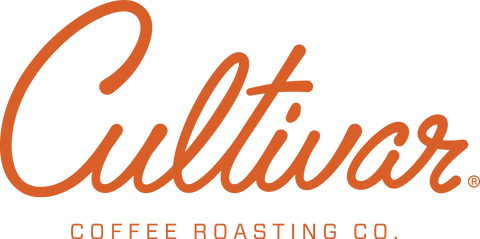
Guatemala, Feb 23rd, 2022
There is no hot water at the hotel Naif. I start my day at 5:30. Josue drives us an hour north to the Chimaltenango valley to visit San Jose Ocana,
We are the first coffee buying visitors since the start of the the pandemic, and they spray our shoes with disinfectant as we enter their home which is located on the farm. Guillermo Sanchez, the owner of San Jose Ocana, is very generous. They serve us a typical breakfast of fried easy eggs with a tomato salsa, black beans, and freshly made corn tortillas.
He tells us about the history or the farm which he took over from his father in 2012, and proceeds to give us an extensive tour. He grows many different coffee varieties, most of which are imported from other coffee producing countries. The varieties are all separated into respective lots. The farm is clearly well managed and organized. Guillermo has also gone to great lengths to make his farm sustainable through the recycling of water, and the making of his own compost. He is also working to bring back the natural forestation of the farm that has many different types of pine, oak and some cedar trees, by using these trees to shade the coffee he grows.

(Coffee trees in the shade of oak trees)
San Jose Ocana sits at almost 2000 meters, which is a very high altitude for a coffee farm. It’s cold, and there is less oxygen so the coffee fruit matures more slowly and the coffee trees produce less fruit. However, due to the slower maturation, this means chemical compounds in the coffee will be more dense, making for a more complex tasting coffee. The coffee tasting good is definitely important but I can sense that Guillermo is frustrated by the lower yield as coffee is primarily priced by the pound on the Commodities market. At Cultivar, I buy coffee based on a quality score which hopefully delivers a fair price per pound to the producer that helps make up for the lower yield. I don’t currently buy coffee from Guillermo but I look forward to receiving samples from him soon for consideration.
After lunch, it’s back to the cupping lab at La Esperanza. 23 different lots of coffee today that represent the regions of Alotenango, Volcan de Agua, Toliman, Acatenango, Coban, Santiago, Antigua, Huehuetenango, and the region I’ve been waiting for Don Higinio’s Sierra de Las Minas.
Cerro de Oro is tasting excellent with sweet caramel notes and a bright acidity that perfectly balances the cup. There is also a Pacamara coffee varietal on the table, produced by Don Higinio. I’ll definitely be buying some of that.

